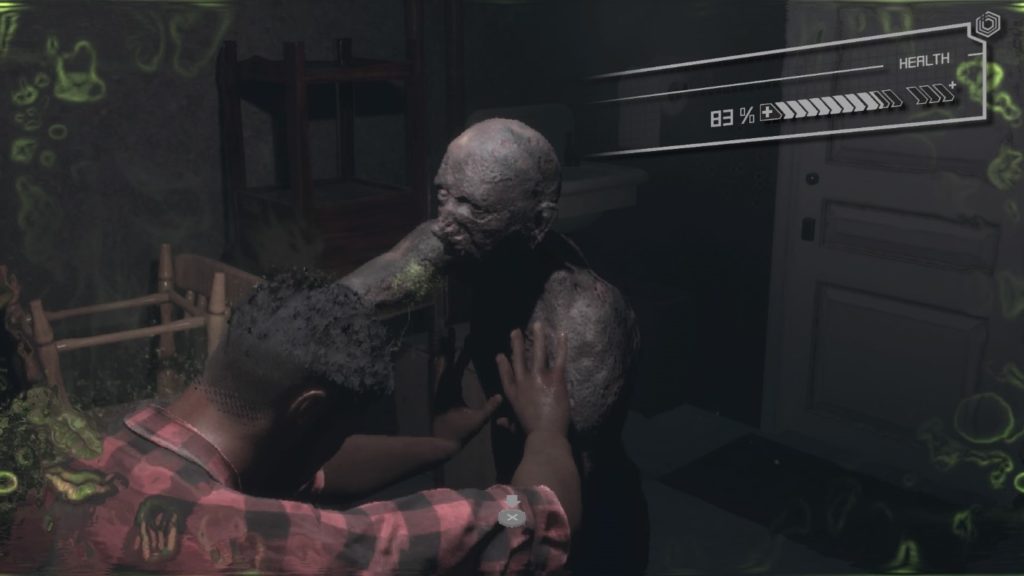
Daymare: 1998, by developers Invader Studios and Slipgate Iron works, published by Destructive Creations and All In!, is a third-person shooter horror game in the vein of Resident Evil. A shadow organization has been experimenting on non-consenting humans to create biochemical weapons and super soldiers, but their experiments have gone wrong and now the player has to survive a zombie infestation in a small-town in the pacific northwest, while conserving ammo and other supplies. It features three playable characters with converging plotlines, conflicting motivations, and varied weapons. The levels are dark, dilapidated, and filled with hidden collectibles and very tongue-in cheek pop-culture Easter-eggs that show the developers don’t take themselves too seriously, making gameplay an enjoyable, albeit cheesy, B-rated experience.
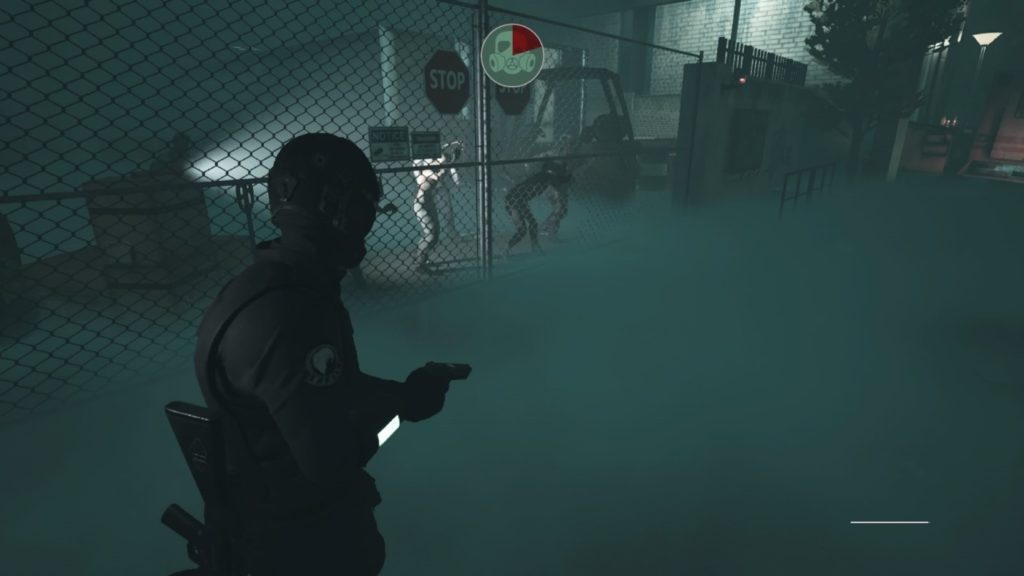
You start the game as Liev: a grizzled, hard-as-nails war machine with no qualms about spilling the blood of the innocent in order to complete the mission. The game illustrates this in one of the most uncomfortable sequences I’ve experienced since the airport shooting scene in Call of Duty: Modern Warfare 2; the game tasks you with eliminating all survivors in one of Hexacore’s secret facilities. There is only one survivor: a wounded, unarmed black man who thought you were part of the rescue team he requested. Unlike the airport scene in COD, where you can simply walk with the terrorist cell you’ve infiltrated without opening fire on civilians, you have to shoot this man in order to proceed. Luckily, from then on the only things you kill are the shamblers who hide around corners, waiting patiently to projectile vomit all over your face.
After you recover the chemical weapons, for very convoluted plot reasons, the helicopter transport crashes into the small town of Keen Sight; a rural community located deep in the woods of northern Idaho. The crash results in the chemicals release, infecting the entire town. Continuing as Liev, your next mission is to find a relatively safe space where you can call in a request for evac. This sequence was pretty neat, as whenever you are outdoors, the game counts how long you are exposed to the chemicals. The streets of Keen Sight are wide enough that it was typically better to sprint past the zombie hoard rather than try to pick them off in this race against the clock.

Killing zombies in Daymare: 1998 feels a little weird, especially in relation to how your weapons and melee attacks interact with their hitboxes. Anybody who’s not a zombie (and maybe even those ugly critters too) understands that the best way to put a zombie back into the ground where they belong is with a bullet to the brain. This isn’t necessarily true in Daymare, as headshots aren’t guaranteed to be lethal, and body shots are also effective. This is important as the head is a much smaller target than the body. Like gamers, most of the zombies are slow moving targets with poor posture, swiveling heads, and are easily killed by three pops to the chest. It is typically better to be patient and line-up your shots than to waste ammo, especially in an environment where bullets are in low supply. This kind of patience is also rewarding because zombies don’t drop in a very satisfying way. After they’re defeated; they sort of just of stand there, and sway and stagger, so if you’re panicking and trigger-happy, you’ll just waste your bullets even if the zombies are already done for. While I think that the walking dead, much like a certain tv show, are strictly more boring than sprinters, the zombies in Daymare: 1998 occasionally get back up after you put them down. This skewed my sense of threat evaluation, as I was very skeptical of the corpses that littered the game. I also discovered that zombies, once incapacitated, don’t take additional damage until they were fully active again, so it’s pointless to put slugs in bodies unless they are actively threatening you.
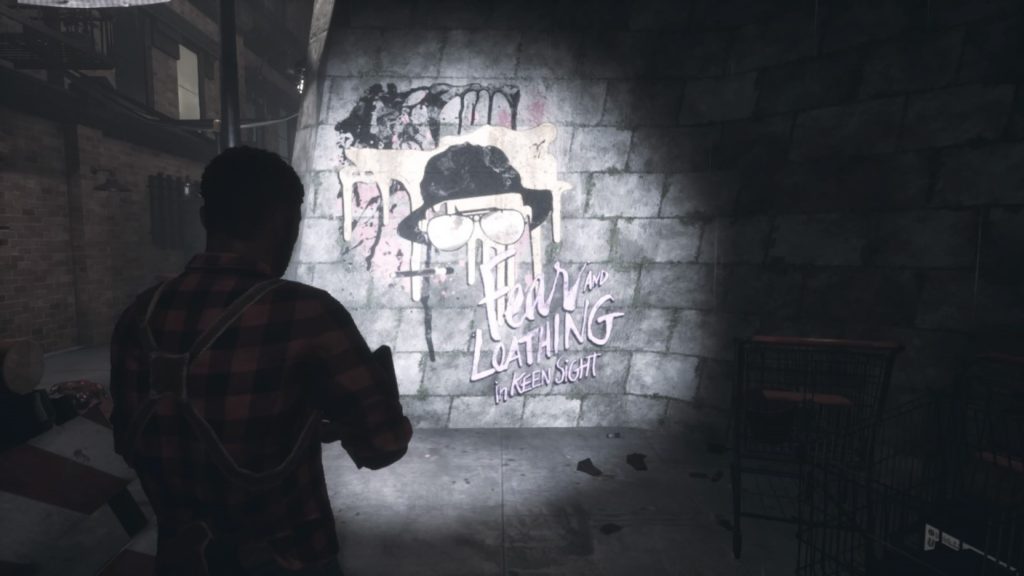
The exception to this is when you get the alpha, the omega, the boom stick of evil’s bane: the good ol’ fashioned pump-action shotgun! You first get this weapon while playing as Sam Walker, a man who suffers from a mysterious illness that plagues him with nightmarish hallucinations and delusions unless he takes his medication. The shotgun doesn’t just drop zombies; if you fire from point blank range, it launches those corpse-walkers. Shotgun blasts to the head also have the added benefit of occasionally turning skulls into watermelon mist, meaning that you won’t have to worry about the zombie getting back for some more action. I fell deeply in love with the weapon to the point that I was a little overzealous in its use, and would only be left with rounds for peashooter in key sections in the game, such as when there would be giant undead mutants chasing me down instead of the typical shamblers.
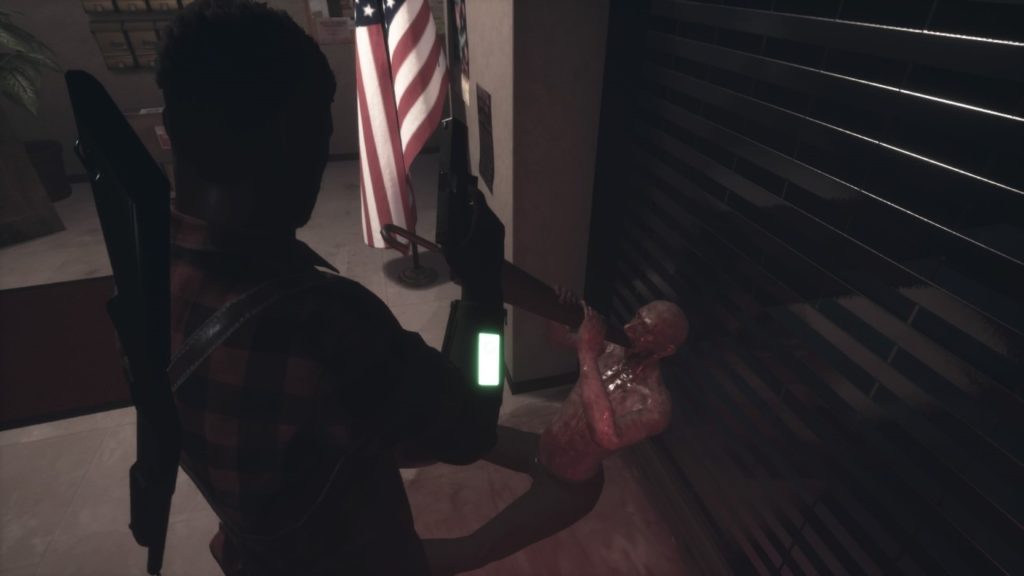
Surprisingly enough, zombies aren’t everything in a zombie game. For me personally, the most engaging part of Daymare was the level design. Most of the levels feel flush and nonlinear so it was easy—and enjoyable—to get lost. Each level felt full enough that I legitimately thought that I was going to be spending the rest of the game in that particular area, whether it be the huge labyrinthian hospital, or the lovingly decorated streets of Keen Sight’s historic district. While the game is spooky, once you get past being lost in your own paranoia, the decor is actually hilarious, with tons of nods to movies and other video games. There are pinball machines that parody properties like Xena: Warrior Princess, or Terminator 2. There’s an office for Invader Studios, and the bodies inside are all shirtless and evidently committed suicide. I didn’t get the joke until I realized that they were supposed to be the developers. Or perhaps they were unpaid interns?
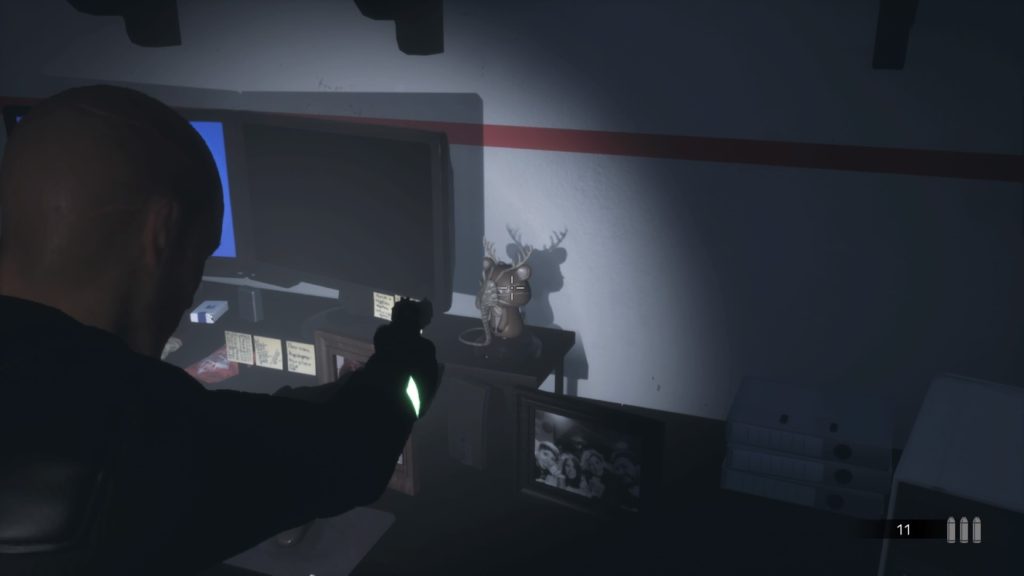
Regardless, the developers put a lot of care in hiding documents, supplies, locker codes, and fun little easter eggs that compelled me to retrace my footsteps. So while this is a horror-action shooter, there is also a collectathon nesting inside. Some of the documents also had codes, which can be redeemed on hexacorebiogenetics.com. While it is a little strange that they didn’t simply include the documents in-game, it’s not without precedent, as Infamous: Second Son also had their own website with extra content.
While many of the documents add depth to the world by painting Hexacore as a deeply embedded institution that works in clandestine ways similar to that of the CIA, those weren’t the collectibles that really had my interest. I wanted the Creepy Deers. Creepy Deers are little bobble heads hidden throughout the game. There’s nothing particularly special about them. They’re just deer bobble heads that you shoot to add to your collection. But they are very cute, and make some excellent pop-culture references. My personal favorite is the deer with the facehugger from Alien, but I am also partial to the one dressed as Freddy Krueger from Nightmare on Elm Street.
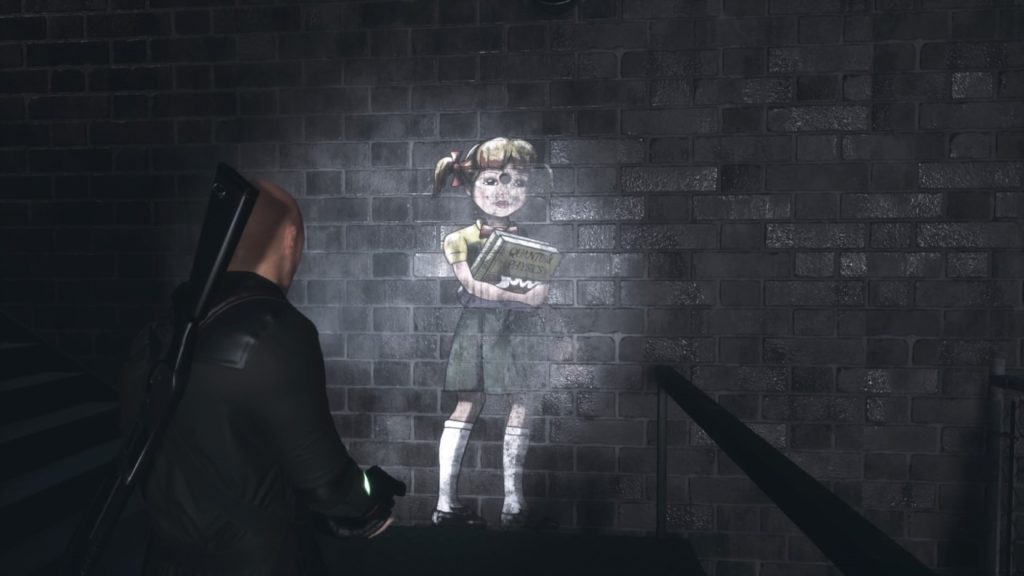
Daymare: 1998 also has puzzles that impede the player’s progress. Some of them are fairly complex, requiring the player to transcript characters onto a Greek keyboard, and find their answers in the hints the game provides (it also helps to have a rudimentary knowledge of Greek mythology.) Another puzzle that took me a long time to finish was transcribing morse code to enter a password. Some puzzles, while mechanically complex, were completely silly in the context of the game. For example, there’s a breaker you need to shut off so you can proceed to the next area without being electrocuted. However, interacting with the breaker was a puzzle in itself, as it was a bunch of glowing buttons that, when one was pressed, would change the colors of all adjacent buttons. I was more likely to believe in the cheesy dialogue and the zombies themselves than the fact that anyone would design a breaker that complex.
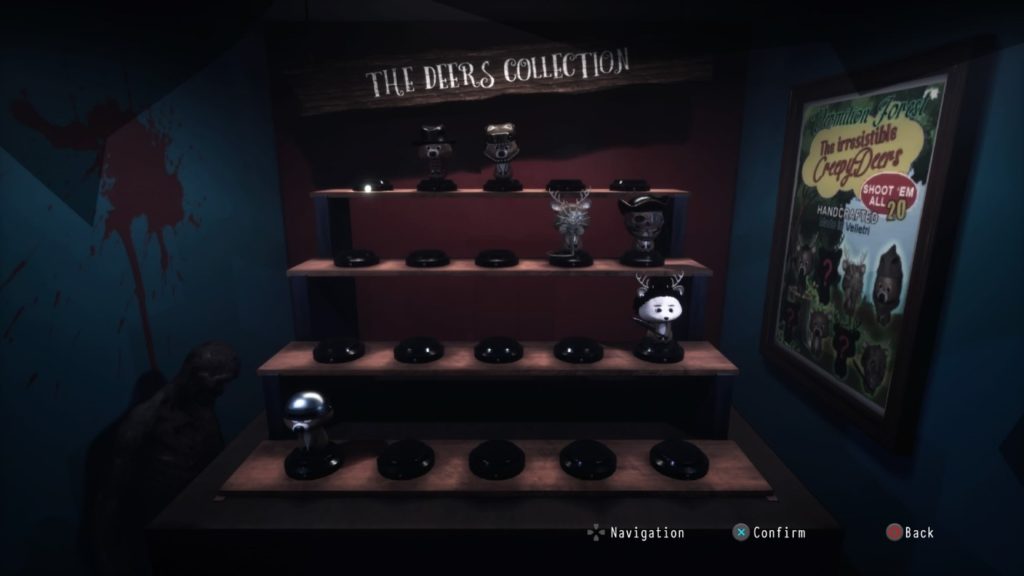
I went into Daymare: 1998 with low expectations, and there were some in-game problems that kept them low. There was a very difficult boss fight where you face off against two undead mutants. Once you beat them both, you complete the level. However, during about a third of my attempts, the game would not load the second mutant. So even if I beat the first one, I stuck in the level and the cut-scene wouldn’t start, forcing me to reload my checkpoint. Another issue, which has led me to call this a “Spaghetti Horror” is that the English voice acting was pretty bad. The game’s pacing was also a little clunky as I found myself unknowingly venturing out of a level without the option to turn back and finish looting. However, the fact that the game has strong replay value makes me eager to venture back into the cold embrace of pukey corpses on its hardest difficulty, Daymare mode, and finish my Creepy Deer collection. I give Daymare: 1998 a 7/10.
Check Out the Daymare: 1998 Trailer:
DAYMARE: 1998 is available for PC via Steam and GOG, Xbox One, and PlayStation 4.
As an Amazon Associate we earn from qualifying purchases.
PlayStation 4 Review
I live and work in Portland, Oregon. I've been an achievement hunter ever since beating Mario 64 and collecting all the stars at the tender age of four. My most recent gaming achievements include getting all trophies for Sekiro: Shadows Die Twice, and beating Dark Souls 3 without leveling up or using weapon upgrades.

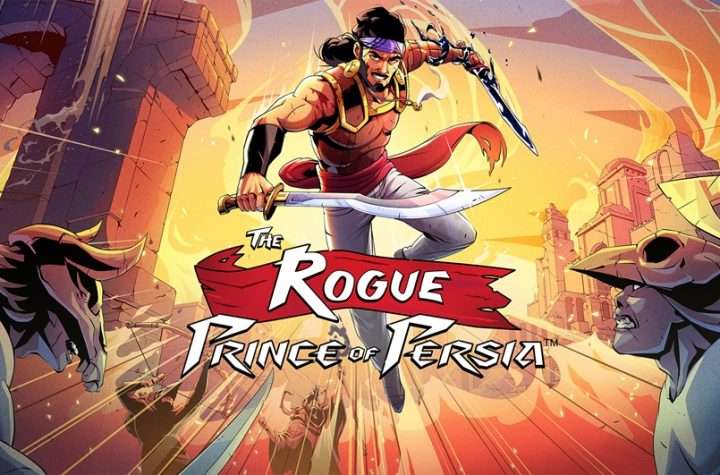

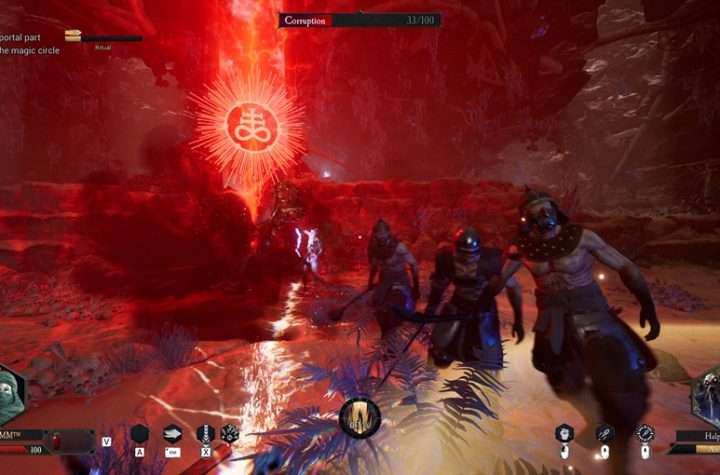

More Stories
DAIMON BLADES Preview for Steam Early Access
ReStory Preview for Steam
Firefighting Simulator: Ignite Releases Parker’s Story DLC for PC and Console